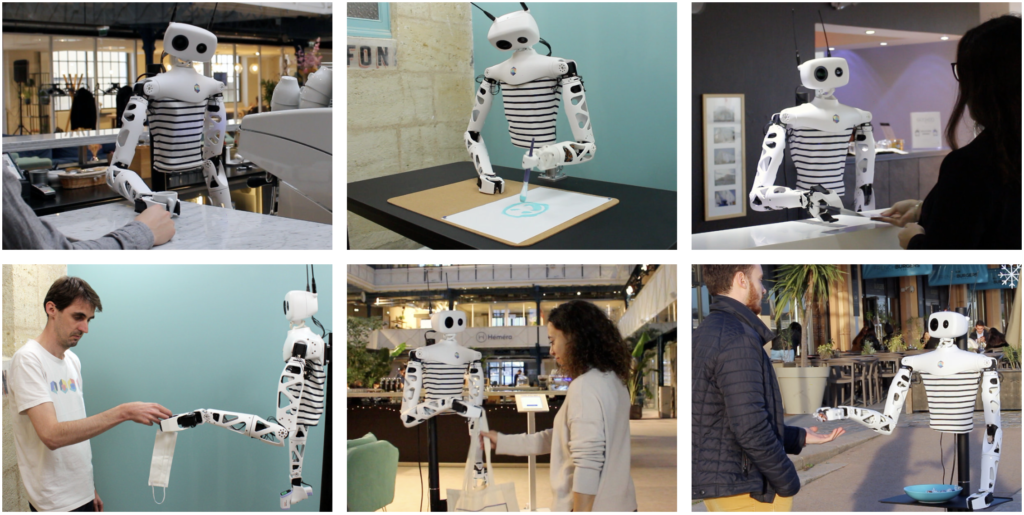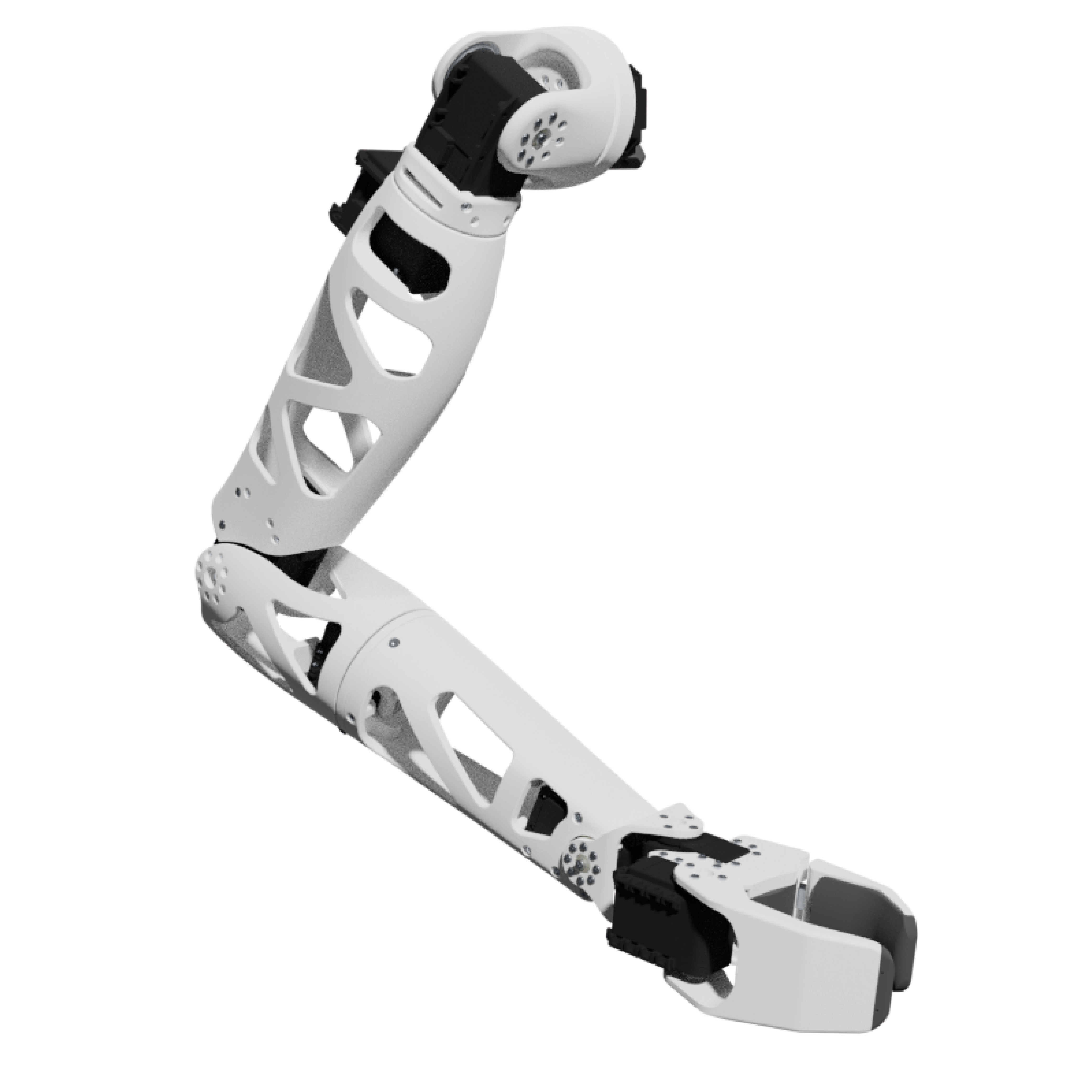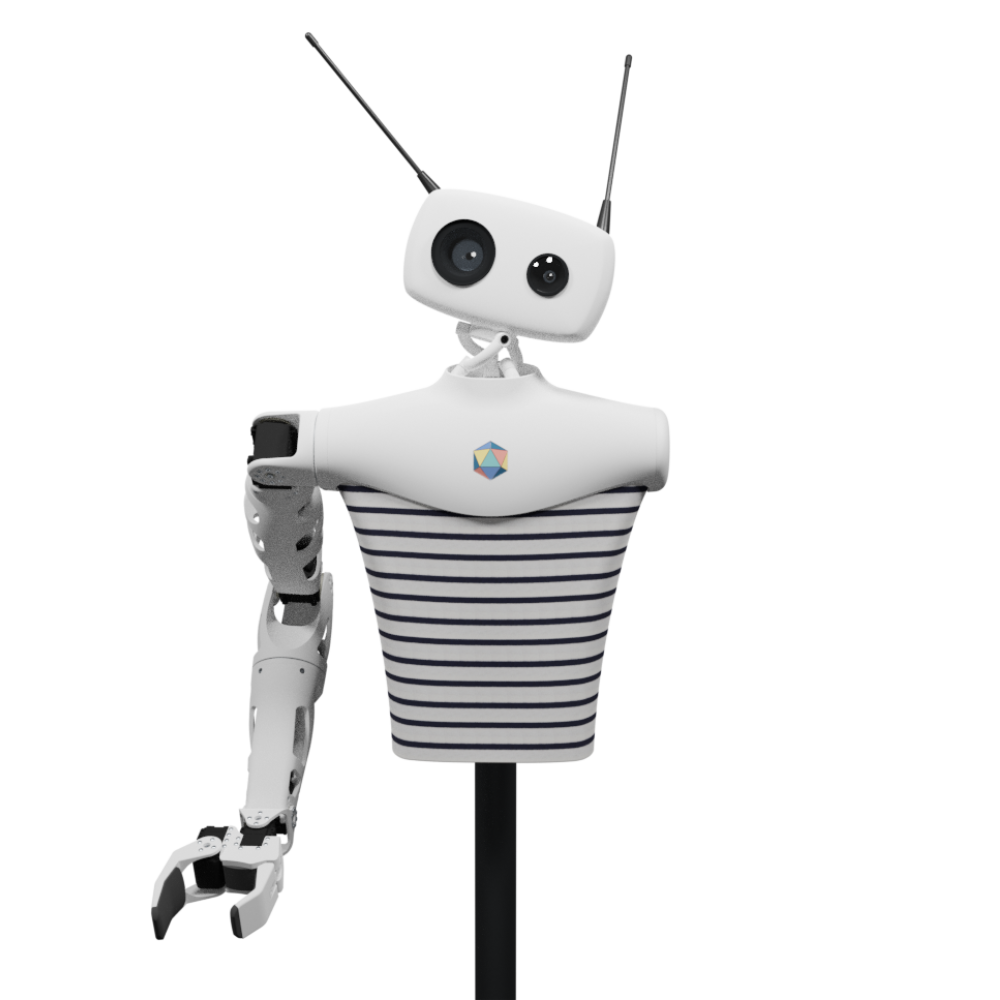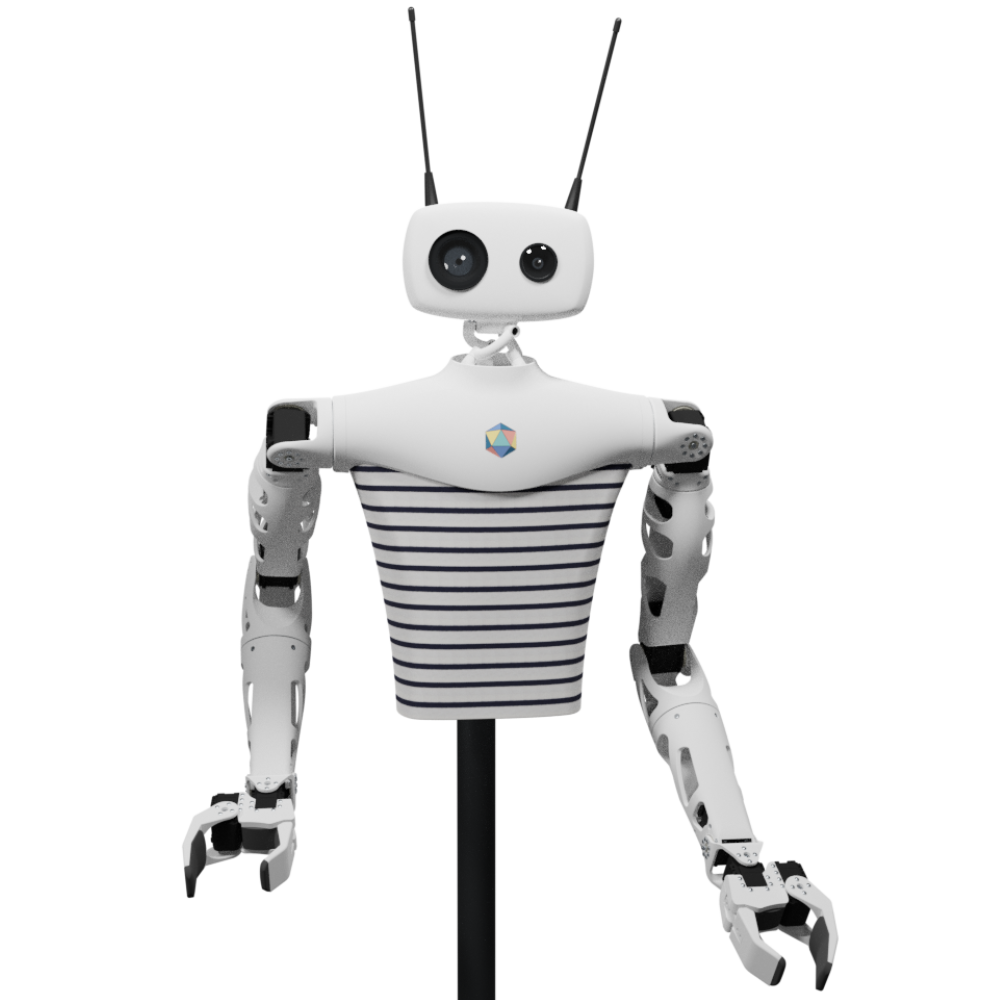Course Description
The goal of this course is to build a bridge between the discipline of design and that of artificial intelligence (AI). The course covers basic concepts and frameworks of artificial intelligence and its applications, including machine learning, deep learning, source of data, design process and decomposition of the design needs for technique requirements. This course is intended for design students aiming at shaping products and services powered by AI, leveraging vision-based intelligence, rigid-soft material interaction, generative design, and user interaction into user, business, and social value, promoting adoption of AI in design across disciplines. By the end of this course, the students should be able to communicate and collaborate with AI scientists and engineers while developing new product or service solutions with AI. The course will include field trips depending on availability and external collaborator and the contents are subject to change to fulfill the course objectives.
Learning Outcome
At the end of this course, students will be able to:
- Spot and describe opportunities to leverage AI for users, business, and social value within a given context.
- Demonstrate ability to align user needs and guard human values within algorithmic systems.
- Employ AI concepts in applied design practice.
Course Instructors & Teaching Support
- Lead Instructor: Dr. Wan Fang
- Teaching Assistants: Xu Ronghan, Qiu Nuofan, Dong Yujian, Han Xudong
- Teaching Administrator: Fu Tian
- Office: Level 3, Bldg. C1, Nanshan Zhiyuan
Grading
- Form of examination: Letter Grading
- Grading policy: Attendance 10% | Assignments 20% | Final Presentation 70%
- Attendance 10%
- Assignments 20%: Please submit the following materials you practiced during the first 3 weeks before 23:59 30th Oct.
- Value proposition statement (6%)
- Plotting your model (7%)
- Confusion matrix (7%)
- Final Presentation 70%: Please submit the final design report (slides) before 23:59 6th Nov. Marks are given based on the learning outcomes.
- Spot and describe opportunities to leverage AI for users, business, and social value within a given context.
- Demonstrate ability to align user needs and guard human values within algorithmic systems.
- Employ AI concepts in applied design practice.
Academic Integrity
- This course follows the SUSTech Code of Academic Integrity. This course’s students are expected to abide by the SUSTech Code of Academic Integrity. Any work submitted by a student in this course for academic credit will be the student’s work. Violations of the rules (e.g., cheating, copying, non-approved collaborations) will not be tolerated.
Course Materials
- (1996) The Sciences of the Artificial (Third Edition), Herbert A. Simon, The MIT Press. 「Read Online」
- (2019) AI meets Design Toolkit, Nadia Piet, online.「Read Online」
- Useful Links
- AI risk management framework playbook: https://pages.nist.gov/AIRMF/
- https://medium.com/aixdesign/ux-challenges-for-ai-ml-products-1-3-trust-transparency-31df88c6f827
- What-if tools: https://pair-code.github.io/what-if-tool/explore/#web
- Human pose recognition and fall detection: https://github.com/cwlroda/falldetection_openpifpaf
- Sound detection:
Lecture & Lab Notes
Day 01 Mon Oct 10|Generative Design
Day 02 Thu Oct 13|Intro to ML + AI meets Design I
Day 03 Mon Oct 17|AI meets Design II
Day 04 Thu Oct 20|Modern Deep Learning Models + Prototyping
Day 05 Mon Oct 24|AI Risk Management Framework
Day 06 Thu Oct 27|AI Deployment & Design + Implementation
Day 07 Mon Oct 31|Student Project Preparation
Day 08 Thu Nov 03|Final Presentation and Review
- Final Presentations: Han Yuanning | Hu Chengwei | Hu Hongyi | Jiang Hanxi | Xue Renchao
- Spotlight Video Demonstrations
SUSTech Calendar

Project Reachy Fusion for DS323
- AI Meets Design
- Integrating Machine Learning methods with Reachy Fusion for use at SUSTech Campus.
Project Reachy Fusion for DS323
In this project, we aim to adopt Reachy by Pollen Robotics as the subject to practice basic concepts in generative design using Autodesk Fusion 360. The overall goal is to conduct generative design on Reachy, particularly its arm, to evaluate the integration of AI in design, use Fusion 360, and then propose product design architecture of Reachy Fusion for SUSTech using the AI meets Design toolkit to lead the design of advanced robots.
[All images and videos below are reproduced from Reachy main website for educational purposes only. We hope to talk with Reachy about properly using this media content. Please contact wanf@sustech.edu.cn for more.]




About Reachy by Pollen Robotics
Reachy is an expressive open-source humanoid platform programmable with Python and ROS. He is particularly good at interacting with people and manipulating objects.
About Fusion 360 by Autodesk
With SUSTech School of Design, we have partnered with Autodesk to establish an Autodesk Training Center at SUSTech. A training lab with top-end Mac computers is provided by the School of Design so that our students can use and practice the use of Fusion 360 for the course. Meanwhile, through Autodesk Training Center, we offer technical and financial support for students who are willing to take the certification to become licensed practitioners of Fusion 360 in their future careers.